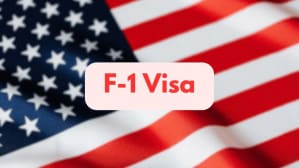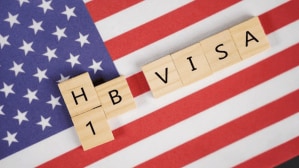FoodPharmer, Revant Himatsingka, in a casual conversation with FinancialExpress.com, not only shared a three-point label-reading cheat sheet but also revealed one packaged food item he used to consume regularly and stopped after reading its label. He also listed two ingredients that he considers red flags in packaged foods, and debunked one of the biggest myths people believed about eating healthy.
Himatsingka, or FoodPharmer as he is popularly known, told FinancialExpress.com that terms like “natural” or “natural flavours” are often misleading. He explained that these terms are not always associated with healthy ingredients and are largely used as marketing gimmicks. “It’s because people love the word ‘natural’…,” said FoodPharmer.
‘Titanium dioxide linked to cancer’
Titanium dioxide, found in many powdered drinks and candies like Skittles, has been linked to cancer, but remains legal in India, he tells us, before adding that the additive is banned in other countries. Commonly labelled as E171, titanium dioxide is used to brighten or whiten food products.
Another ingredient Himatsingka flagged is Red 40. It is a synthetic food dye that gives a bright red colour or reddish hue to foods.
While titanium dioxide is used in products like toothpaste, candies, powdered drinks and cosmetics, Red 40 is commonly found in frosting, jelly or candy coatings.
“Titanium dioxide is banned in many countries in Europe and the Middle East. Unfortunately, it’s allowed in India, and it has been linked to potentially some types of cancers… That’s one ingredient which I feel like people should not have. The second ingredient is red 40,” he told FinancialExpress.com.
‘I stopped eating protein bars’
When asked about a product he once consumed regularly but gave up after reading its label or learning about its ingredients, FoodPharmer said that it was protein bars.
“There were some protein bars that I was having which used to keep writing jaggery, jaggery jaggery,” he shared. “And, they used to write no added sugar on the front. So I used to think it was healthy. And at that time, I did not read the label as much.”
He continued, “So, when I read the label, I realised that jaggery is essentially the same as sugar. That is when I stopped having them.”
Biggest myth about eating healthy
He also addressed a common myth many people have long believed about eating healthy.
“I think they think that it’s about one ingredient, like if you avoid maida, if you avoid palm oil, you will just be healthy,” FoodPharmer told FinancialExpress.com.
He explained that good nutrition is about a holistic diet, including factors like calorie intake versus calorie expenditure. “But it’s about a holistic diet, like in terms of how many calories you are eating, is it more or less than your maintenance calories? Like, how much are you burning in a day? So are you eating more than that or not?”
“So there are a lot of factors which go into the problem, and I think people focus on a single metric, I’m not eating palm oil, I’m fine, I’m not eating maida… You have to think of the overall diet,” he stressed.
Label reading tips by FoodPharmer
Since FoodPharmer brought a label-reading revolution in India, with more people becoming conscious of what goes into their food, we asked him for a simple tip to help decode food labels. And he shared not just one but three tips.
And the hack he shared will remain with you even if you’re not a health freak. He said that the ingredients on the back of a packaged food are not in any random order but in the order of weight.
“The first ingredient is the one that is highest by volume, followed by the second, followed by the third. That’s how ingredients are listed. So if you have to put, say, maida or sugar, in the first three ingredients, you try to avoid it because it is listed in order of weight,” he explained.
While sharing another label reading tip, he said, “The Longer the ingredient list, the longer the medication list. So usually products with fewer, shorter ingredient lists are better.”
“The longer the expiry date, the sooner is our expiry date because the product has even more preservatives,” he further told FinancialExpress.com.
And as someone rightly said, natural and healthy foods don’t come with a label at all, for example, fruits, vegetables, and so on.








